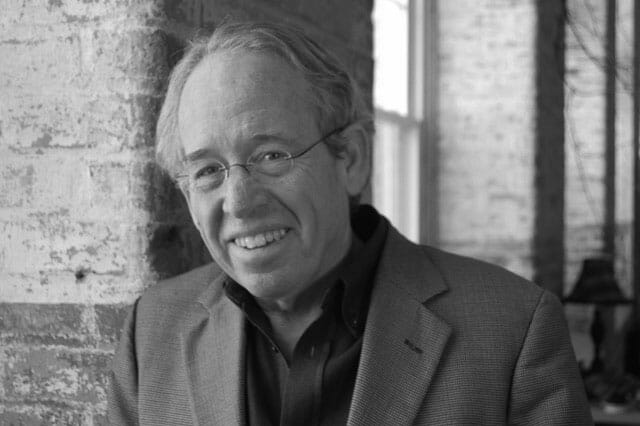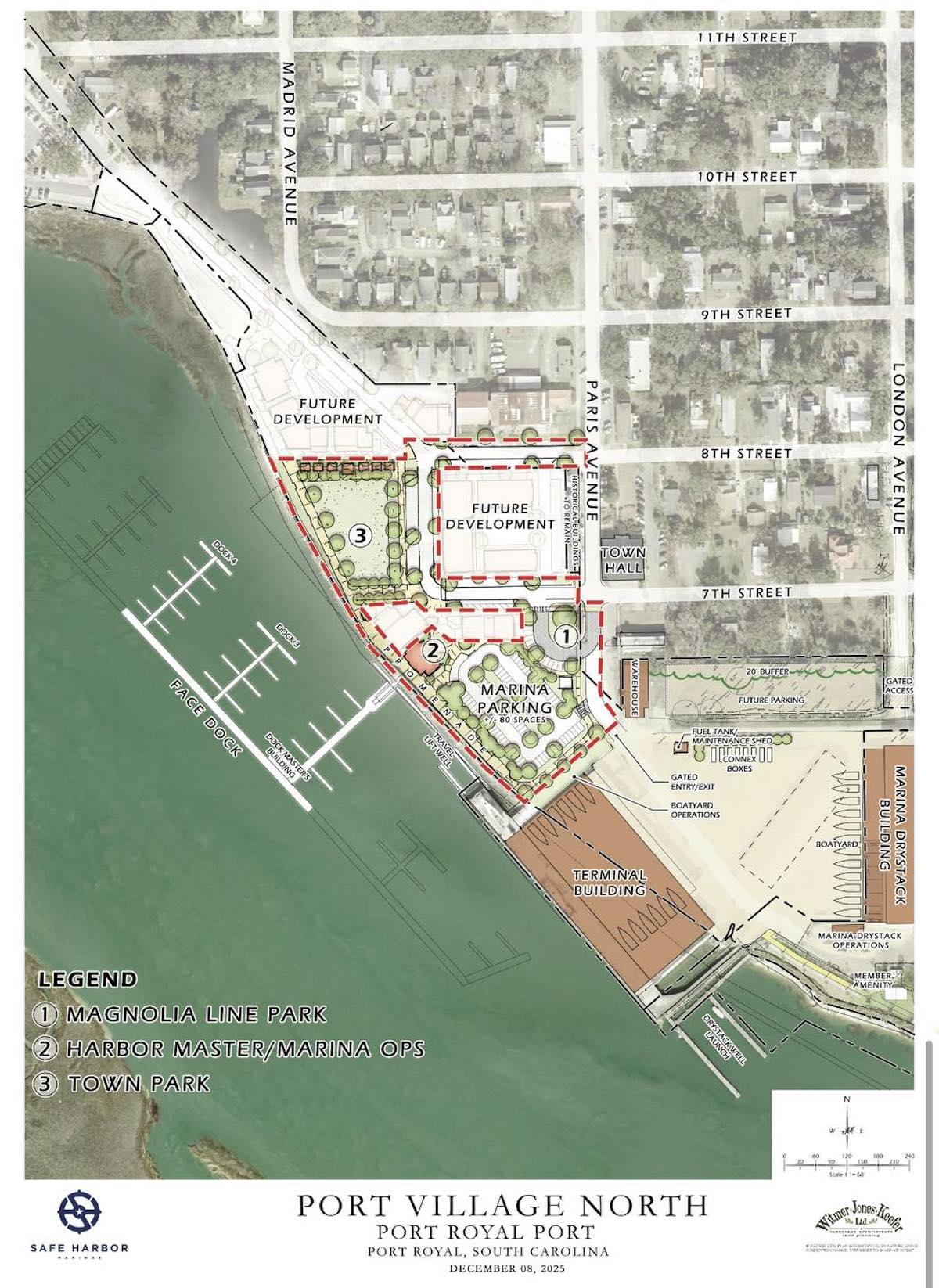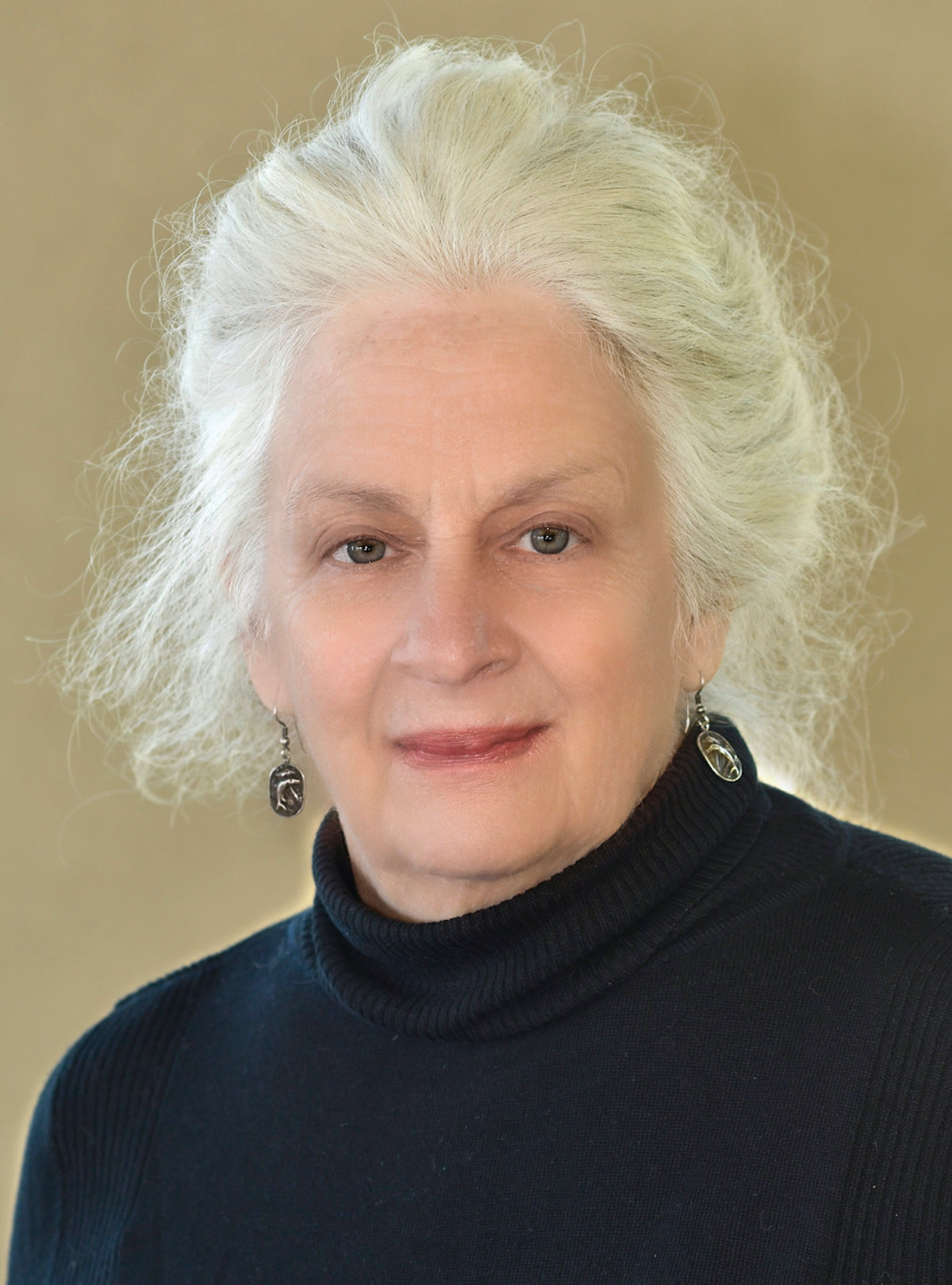By Scott Graber
It is Friday, early, and I’m sitting at our wooden, worn-smooth, brown-planked farm table. Recently, last month to be more accurate, I was sick — pneumonia — but this morning I’m well and slightly optimistic as I look upon the early morning marsh.
Some of you know that I write a column for this newspaper each week. Actually I have written some sort of column since the 1970s when I covered the Lowcountry for a statewide newspaper called Osceola.
These columns became, over the years, a weekly imperative that usually meant spending part of the weekend on the telephone; working through a rough draft; or reading the “History of Civilization, Part IV” hoping to make a connection with, say, an unfortunate decision by County Council.
Although I didn’t really believe Beaufort County was the “Cradle of American Civilization” like my friend, Professor Larry Rowland, I did understand that Beaufort County played an oversized role in the mid 1840s and the years leading up to the Civil War.
What fascinated me more than our antebellum history was the growing tide of retirees who decided to make Beaufort County their final destination. After an uncertain start in the 70s, Hilton Head began to grow and that growth inevitably spilled-over into northern Beaufort County.
I found that many of these retirees had done remarkable things in their lives. I found, for example, the man who had kept George Patton resupplied as he raced across Europe. I found the retiree who had designed the Ford Mustang; another who had known both John Kennedy and Lee Harvey Oswald, another who had handled Exxon’s fleet of world-wide tankers, another who dropped flares atop buildings in Dresden (to guide the bomb-laden B-17s), another who doused out those flares as they fell on her Dresden apartment building.
And so, in those early days, I found people who had chosen Beaufort County over Vero Beach or Lake Havasu City — people who were not put off by the poverty, hurricanes and the reliable arrival of the “no-seeums” in March.
And then one October morning when Susan and I were in Ontario, Canada, we learned that Beaufort had been named “Best Small Town in the South.”
We were incredulous.
Up to that moment, South Carolina’s most famous destination was the “Mexico Shop” at South of the Border.
Alright, OK, Charleston had Fort Sumter and had always attracted a few Lost Cause disciples who took their sacramental cup of She Crab soup at Henry’s. And for years Myrtle Beach had its Sun Fun Festival and a small coterie of snow-addled Canadians seeking a mid-afternoon round of miniature golf.
But in those long gone days, the City of Beaufort had next to nothing.
I remember writing about those first “Best Town” awards and thinking its nice that Beaufort — once considered a “hardship tour” by the U.S. Navy — was now a destination and, from time to time, a movie location where young Boomers like Kevin Kline and Glenn Close could “settle-in.”
In any case, my columns shifted away from enterprising retirees who had forsaken Florida’s “Villages.” Now I focused on the controversies surrounding St. Phillips Island and Harbor Island. Columns dealing with the Comprehensive Plan — a desperate effort to slow down the building. Columns dealing with the orgy of opportunistic annexations designed to gut the Plan. Then, when the dust had settled, columns describing the stationary SUVs ticking over on Carteret Street every afternoon.
The latest iteration of this story are the folks flooding into the apartment communities transforming Burton and creating a “This looks a lot like Charlotte” landscape as tourists seek “Big Chill” authenticity rumored to exist on the Point.
April’s City Council agenda included a moratorium on new development. The purpose of this “pause” would have given the Planning staff time to see if there is an alternative to this current wave of “Looks a lot like Cleveland” multi-family architecture.
Beaufort’s Council quickly deferred any moratorium discussion preferring to embrace Bluffton’s model.
Years ago I Iived in post-war Germany — a landscape the Eighth Army Air Force fire-bombed, wiping away every habitable house. After the war, the Germans restored the kathedrale and the bahnhof (train station), then surrounded a Vatican City-sized historic area with new, four storied, beige-painted apartment buildings for miles in every direction.
That German model is not unlike a modern, updated version that can be seen in the (long-leveled) pine forests that now surround Bluffton.
Scott Graber is a lawyer, novelist, veteran columnist and longtime resident of Port Royal. He can be reached at cscottgraber@gmail.com.








